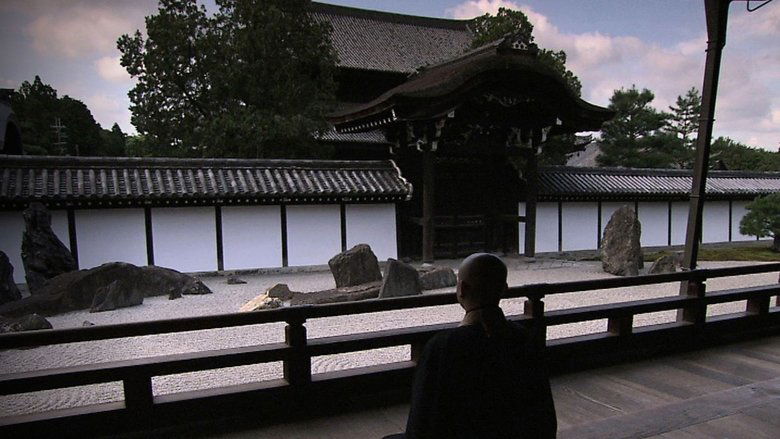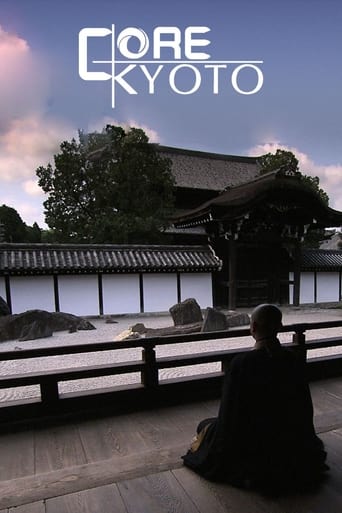
Trailer
Synopsis
The timeless heart of Japan's ancient capital. Against its rich backdrop of culture and tradition, today's Kyoto continues to innovate and inspire.
Episode 20 : Shinise Food Culture: The Taste of Kyoto Links Past and Present
December. 04,2014

Kyoto boasts upwards of 1,000 shinise businesses, each more than 100 years old, many of which are in the food industry. Kyoto cuisine is the foundation of washoku Japanese cuisine, and these shinise are its core. Their trade names, signboards and noren curtains convey the philosophy and principles of operating a shinise. The spirit of the artisans focuses on honoring traditional skills and conventions while concentrating on the future. Discover Kyoto's culture through its timeless food culture.
Episode 19 : Kyoto Gardens: Aesthetic Spaces Mirror Nature
November. 20,2014

The ancient capital, Kyoto, continues to be innovative after 1,200 years. We dive deep into its core in this definitive program. Today: Kyoto Gardens as aesthetic spaces mirroring nature.
Episode 18 : Dynastic Culture: The Graceful Form of the Heian Aristocracy
November. 06,2014

Dynastic culture thrived some 1,200 years ago in Heian-kyo, heavily influenced by mainland Asian, especially Chinese, culture. Over time, it developed its own idiosyncrasies and permeated all aspects of life: clothing, architecture and food. The invention of the kana syllabary spawned waka poetry, essays and novels. For 800 years the Reizei clan has kept the waka traditions and other aristocratic rituals alive. The roots of today's Japanese culture can be seen in elements of dynastic culture.
Episode 17 : Noh: A Spiritual Performing Art Bridging Fantasy and Reality
October. 16,2014

Noh is one of the oldest, extant performing arts and is a UNESCO Intangible Cultural Heritage of Humanity. It has been performed in Kyoto some 650 years, and its form remains largely unchanged. Through few moves and props, the plays portray human drama around age-old themes, such as love and parent-child bonds. Protagonists are mostly spirits of the dead telling of their earthly grief and joy. Within the seemingly expressionless masks lies a subtle beauty, drawing spectators into a dream world.
Episode 16 : Fushimi Inari Taisha: A Manifestation of Prayers to the Deities on the Mountain
October. 02,2014

Fushimi Inari Taisha is famous worldwide for the vermillion shrine gates that line the paths in the mountain behind it, where its origins lie. Worshippers seeking happiness have visited this sacred ground where the deities rest for centuries. One family prays religiously every month for business prosperity. Another has the divided spirit of the deity protecting their home and business. Kyotoites live for the future, every day in thanks, through the shrine that embodies their unwavering faith.
Episode 15 : Gozan-no-okuribi: Ceremonial Bonfires Give Ancestors Safe Passage
September. 18,2014
The Japanese believe their ancestors' spirits return from the other world to visit during Obon in mid-August. The Gozan-no-okuribi ceremony to send them off is held in Kyoto at the end of Obon on August 16. Bonfires are lit on 5 Kyoto mountains as guides for the spirits to find their way back safely. Watch the locals' prepare for this fiery traditional event in the Matsugasaki area of Kyoto, where 2 of the bonfires are lit, and discover the ancient customs of the living and the dead.
Episode 14 : Legends of the Spirit World: The Mysterious Inspires Awe in the Townsfolk
September. 04,2014

Ogres, specters, demons, ghosts and hell. The ancient capital's many myths of the spirit world seem fantastic today. Kyoto's citizens lived in fear and awe of the other world and appealed to the deities for help. They honored milestones and kept the annual events in thanks to the deities for their protection. Consequences of the city's prosperity, the legends have origins in the deep in the recesses of the human mind, and the epidemics and wars that occurred throughout Kyoto's history.
Episode 13 : Kyoto Vegetables: Nature's Blessings Provide Fine Food for the Ancient Capital
August. 07,2014

The Kyoto basin is blessed with fertile soil and an abundant supply of good water. Kyoto winters are frigid; and summers, scorching. This environment yields eggplants, pumpkin, and other produce known as 'Kyoto vegetables', many of which have been grown for more than 150 years. One local farmer works to promote new varieties, while students try to revive an almost extinct variety of gourd. Discover the allure of nutritional, flavorsome Kyoto vegetables in the hands of various chefs.
Episode 12 : Fitting for the Deities: Sacred Ornamentation Purifies and Elevates
July. 17,2014
Shinto shrines have sacred shimenawa ropes, bells with cords attached, mirrors, various fittings, and ceremonial ornamentation that have adorned these places of worship since time immemorial. Made from wood, metal, silk threads, hemp, and other materials, this ornamentation became more elaborate and brilliant in the hands of artisans who gathered in the ancient capital, Heian-kyo, when it was established some 1,200 years ago. These crafts, which live on today, link worshippers with the deities.
Episode 11 : Buddhist Architecture: Craftsmanship Unites Places of Worship
July. 03,2014

Kyoto is home to most Buddhist head temples, which shaped the ancient capital's historical landscape and fascinate visitors. Shichido-garan, the 7 most important buildings for Zen religious training, are positioned in the shape of a person. Maintaining temples for centuries, carpenters conduct major repairs at Chion-in and thatch Kiyomizu-dera's main-hall with cypress bark using traditional roofing methods. Look at the world of Buddhist architecture, sustained by craftsmanship and faith.
Episode 10 : Kyoto Dolls: Adored by All, Their Grace Brings Peace
June. 19,2014

Filled with noble, graceful dignity, Kyoto dolls have long embodied people's prayers, relieved loneliness, and represented prayers for their children's growth. Connected to dynastic culture, these dolls evolved in the hands of talented Kyoto artisans. Edo-period craftsmen honed their doll-making skills, and these techniques are still practiced. Hina dolls reflect adoration for the nobility. Gosho dolls were adored at the palace. Find out how people's hearts are connected through Kyoto dolls.
Episode 9 : Kyo-yuzen: Garments of Beauty Radiate Elegance
June. 05,2014
Kyo-yuzen fabric has distinct patterns and splendid, delicate colors. Kyo-yuzen dyed kimono brighten special occasions in Kyoto. A lady takes extra care of her grandmother's kimono that is filled with joyous memories. An established wholesaler and its skilled artisans resolutely provide the ultimate in kyo-yuzen. An artist, whose one aim is to make women shine beautifully, breathes life into kyo-yuzen. Admire the beauty of Kyoto attire through kyo-yuzen, nurtured by a refined eye for beauty.
Episode 8 : Bamboo Culture: New Life in Spring Enriches the Ancient Capital
May. 15,2014

Kyoto has long-been a leading bamboo-growing region. Bamboo was considered holy in ancient times for its strong vitality. It is used at shrines and palaces as the barrier between the sacred and secular worlds. Gagaku music for the deities is played on bamboo instruments. Since Heian times, this durable, pliable material was important in the development of Japanese architecture in Kyoto, such as garden gates and fences. Bamboo also appears in various capacities in the diet and clothing of Kyoto.
Episode 7 : Rimpa: An Artistic Style Transcending Time
May. 01,2014

Tawaraya Sotatsu, who emerged from Kyoto's merchant class, was one pioneer of the Rimpa School in the early Edo Period, and Ogata Korin consolidated it in the mid-Edo Period. The school is not hereditary but is propagated by artists, who admire Sotatsu and Korin, and follow their styles. Rimpa is characterized by a notable use of space; abstract, vibrant designs; and creative playfulness. The works of Kyoto-based Nihonga artists continue the Rimpa style 400 years after its inception.
Episode 6 : Kin-butsudan: Faith Shines Brilliant in Craft That Embodies Nirvana
April. 17,2014
The butsudan Buddhist family altar was built as a miniature of the temple dais upon which the main image stands, so families could worship at home. Reflecting the Pure Land in this world, butsudan not only hold Buddhist images but are also vehicles for people to communicate with their ancestors. Kyoto altars, called kin-butsudan, are decked with gold metalwork and maki-e lacquer. Their beauty is an unparalleled work of art. Strongholds of the heart, kin-butsudan show the core of Kyoto culture.
Episode 5 : Calligraphy: Elegance Within a Black-and-white Universe
April. 03,2014
Calligraphy is the art of writing characters with a brush. The use of kanji characters, which entered from China, spread with the practice of copying sutras. In temples and shrines, the art projects the state of the practitioner's mind. Calligraphy developed independently through the kana syllabary 1,200 years ago. Kana calligrapher Koho Hibino, master of a flowing style, says it embodies Japanese emotional and aesthetic sensibilities. Discover the essence of the black-and-white realm of calligraphy.
Episode 4 : Ikebana: Revealing the Full Potential of Flowers
March. 27,2014

Ikebana is the traditional art of flower arranging. Developed in Kyoto it merges Asian naturalism with the floral offerings to Buddhist altars. The Ikenobo headmaster upholds the school's 550-year-old tradition. A potter imagines vases as extensions of the flowers they hold. A practitioner creates progressive arrangements steeped in tradition. Plants are not mere ornaments. Practitioners impose their lives on that of the flowers. Ikebana's quintessence is in the representation of life as beauty.
Episode 3 : Obanzai: The Frugal Wisdom of Kyoto's Home Cooking
February. 20,2014

Obanzai are the frugal side dishes that grace dinner tables daily in Kyoto - the home of washoku, or Japanese cuisine. Cooked to make the staple dish of rice taste delicious, they use only simple ingredients. The wisdom in the preparation is eco-friendly; scraps are reused, none are discarded. The menu handed down in the Sugimoto clan for more than 200 years embodies the spirit of obanzai. Washoku was added to UNESCO's Intangible Cultural Heritage list in 2013, and obanzai is in the spotlight.
Episode 2 : A Washi Capital: Paper of Diverse Beauty and Use for City Life
February. 06,2014

Traditional washi paper flourished in the temples, shrines and palaces of the ancient capital. Enduring today, this versatile paper is used to decorate interiors, such as sliding doors and hanging scrolls. Kurotani has been the papermaking center of Kyoto washi for 800 years. Katazome-washi is dyed with traditional yuzen-dyeing patterns. Useless washi and centuries-old books are used in recycle-themed artworks. The efforts of Kyoto's artisans and artists nurture Kyoto's washi culture.
Episode 1 : Kyoto Confections: Experiencing Kyoto Culture Through the Five Senses
January. 16,2014

Kyoto confections are wagashi, or traditional confections, infused with Kyoto's charm and influenced by the tea ceremony. With beautiful designs and names that subtly reflect the seasons, tea confections are an art form to be appreciated with the 5 senses. When making these confections, importance is placed on the semblance and name they are given. Inspiration is drawn from local nature, art, music and literature. Feel Japan's culture, nature and climate through flavorsome Kyoto confections.
Seasons
Similar titles

Sahara with Michael Palin
In this four-part BBC documentary, former Monty Python funnyman and renowned globe-trotter Michael Palin sets off from Gibraltar to travel across the Sahara, his witty humor downplaying the hardships he faces along the arduous journey. He travels to Morocco, Mauritania, Mali and beyond, across some of the harshest terrain on the planet.
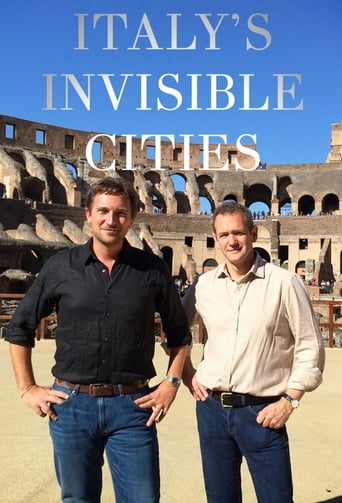
Italy's Invisible Cities
Using the latest 3D scanning technology, Alexander Armstrong and Dr Michael Scott uncover the hidden history of Italian civilisation and city life.
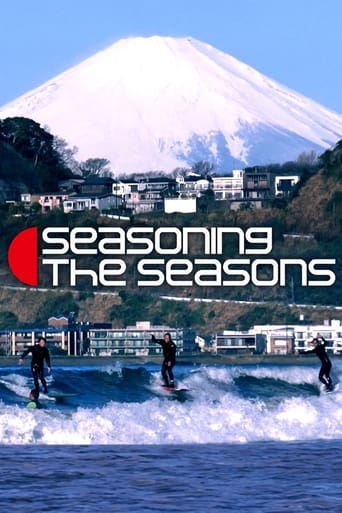
Seasoning the Seasons
This program visits places across Japan to introduce the charms of their local daily life and festivals fostered by the nation's long history.
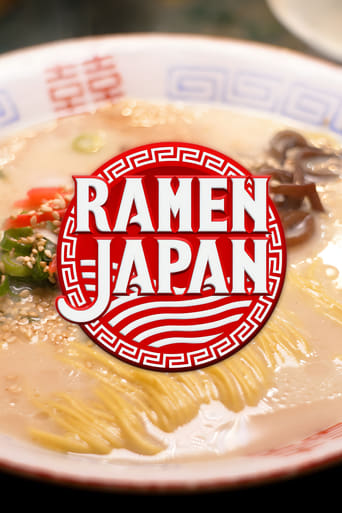
RAMEN JAPAN
Ramen is a savory combination of umami-packed broth and perfectly cooked noodles. This program offers an encyclopedic view of this delectable dish, taking you on a journey across Japan to discover ever-evolving local variations. Join us as we explore a tapestry of local customs and food culture through the lens of ramen.

Prime Video
Anthony Bourdain: Parts Unknown
Bourdain travels across the globe to uncover little-known areas of the world and celebrate diverse cultures by exploring food and dining rituals. Known for his curiosity, candor, and acerbic wit, Bourdain takes viewers off the beaten path of tourist destinations – including some war-torn parts of the world – and meets with a variety of local citizens to offer a window into their lifestyles, and occasionally communes with an internationally lauded chef on his journeys.

Jonathan Meades - Magnetic North
Jonathan Meades travels from the flatlands of Flanders to Germany's spectacular Baltic coast in an attempt to decipher exactly what northernness entails.

Jonathan Meades On France
Jonathan Meades scrutinises the 95 per cent of France that Brits drive through and don't notice en route to the 5 per cent that conforms to their expectation
Related

Postman Pat: Special Delivery Service
The world’s favourite Postman is back and delivering more than ever. Postman Pat has been promoted to the post of Head of Special Delivery Service. Equipped with his pilots license and a host of new transport options, Pat delivers in hard to reach places, from the top of a mountain to the middle of the sea anything from a giant ice block to a runaway cow!

Bloodline Detectives
Detectives and forensic experts recount the most extraordinary cold cases that were solved using the revolutionary technique of familial DNA testing.

The Enemies of Reason
The Enemies of Reason is a two-part television documentary, written and presented by evolutionary biologist Richard Dawkins, in which he seeks to expose "those areas of belief that exist without scientific proof, yet manage to hold the nation under their spell", including mediumship, acupuncture and psychokinesis.
The documentary was first broadcast on Channel 4 in the UK, styled as a loose successor to Dawkins' documentary of the previous year, The Root of All Evil?, as seen through the incorporation of brief clips from said documentary during the introduction of the first part by Dawkins. The first part aired 13 August 2007 and the second on 20 August 2007.
It includes interviews with Steve Fuller, Deepak Chopra, Satish Kumar, and Derren Brown.

Unspeakable
Welcome to the world of Unspeakable. Watch YouTube sensation Nathan Graham as he pulls pranks, competes in wild challenges with friends and collaborates with YouTube stars like Preston and ZHC.

DARK SIDE OF THE 2000S
This documentary series delves into the unseen histories of the 2000s decade, revealing dark secrets and personal insights from the people who witnessed all the train wrecks and triumphs first-hand.
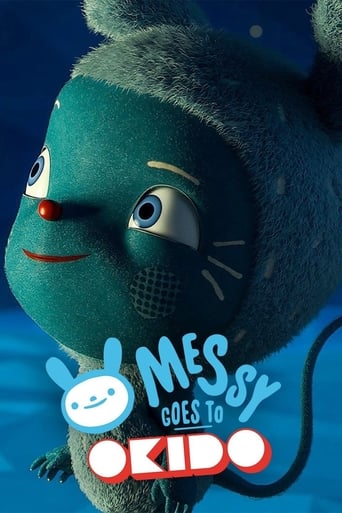
Messy goes to OKIDO
OKIDO is a comedy adventure, science-educational series following a curious, adventure seeking and unruly monster called Messy as he finds the answers to everything a 3-5 year old child wants to know. Why do things fall down and not up? Where do echoes come from? Messy goes on incredible adventures with his two best friends, Zoe and Felix to find the answers. They are helped along the way by the bonkers science trio Zim, Zam and Zoom. Together they will fly to the moon, shrink to the size of atoms and fly on the back of a giant butterfly.
Top Streaming TV Show
#1

Ikaw
November. 12,2021
5.9
#2

Dexter: New Blood
November. 07,2021
8.1
#3

Money Heist
May. 02,2017
8.4
#4

Chicago Fire
October. 10,2012
8
#5

Emily in Paris
October. 02,2020
6.9
#6

The Witcher
December. 20,2019
8
#7

Yellowstone
June. 20,2018
8.7
#8
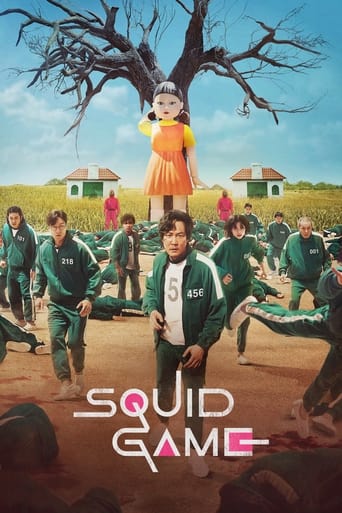
Squid Game
September. 17,2021
8
#9

The Bachelorette
September. 23,2015
5.3
#10

See
November. 01,2019
7.6
